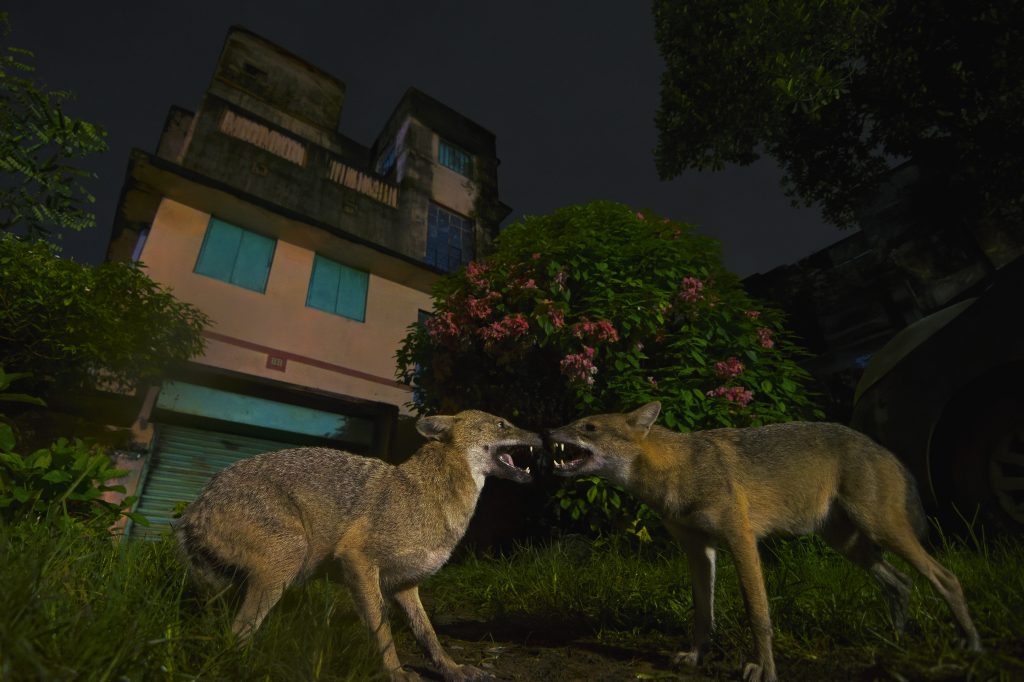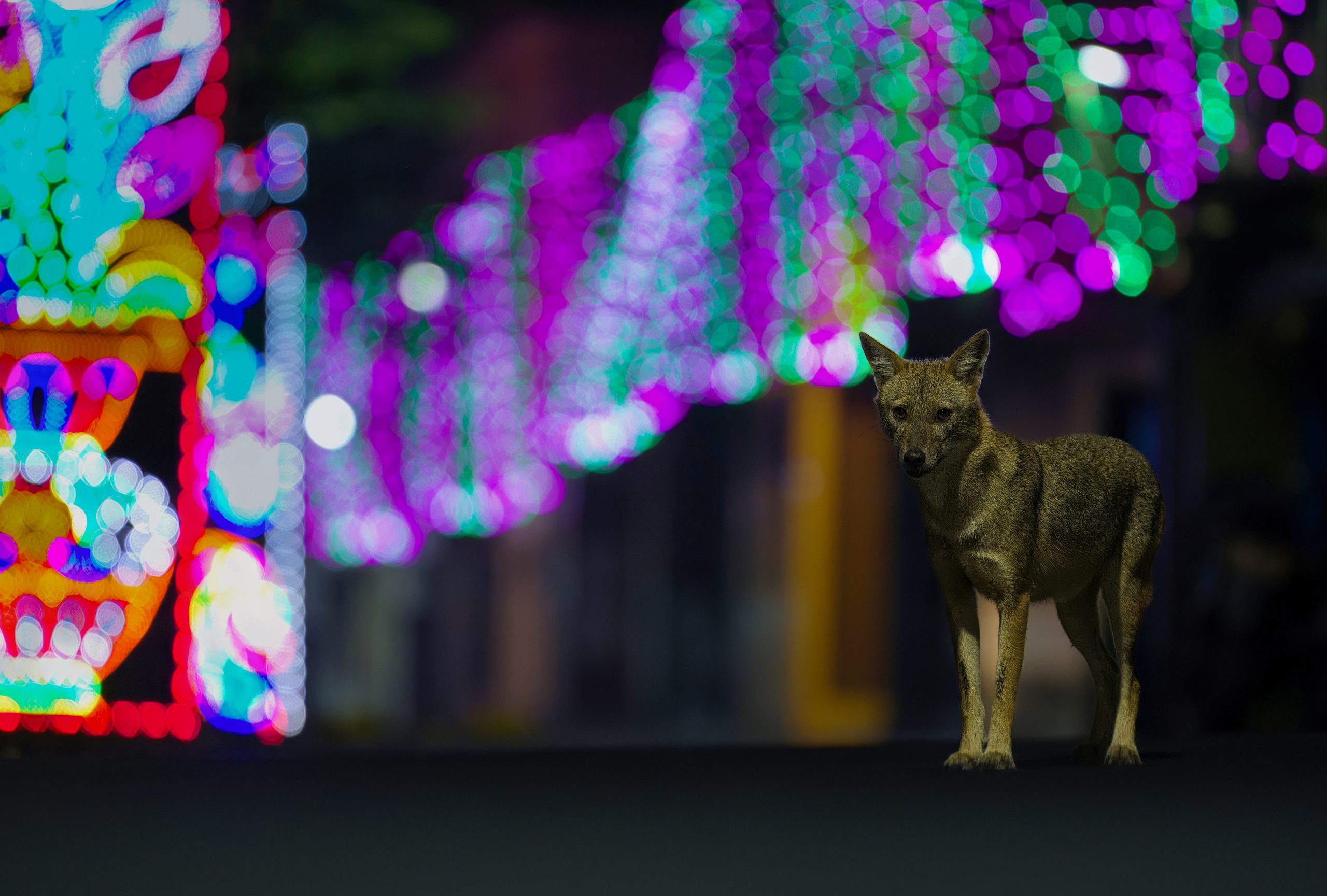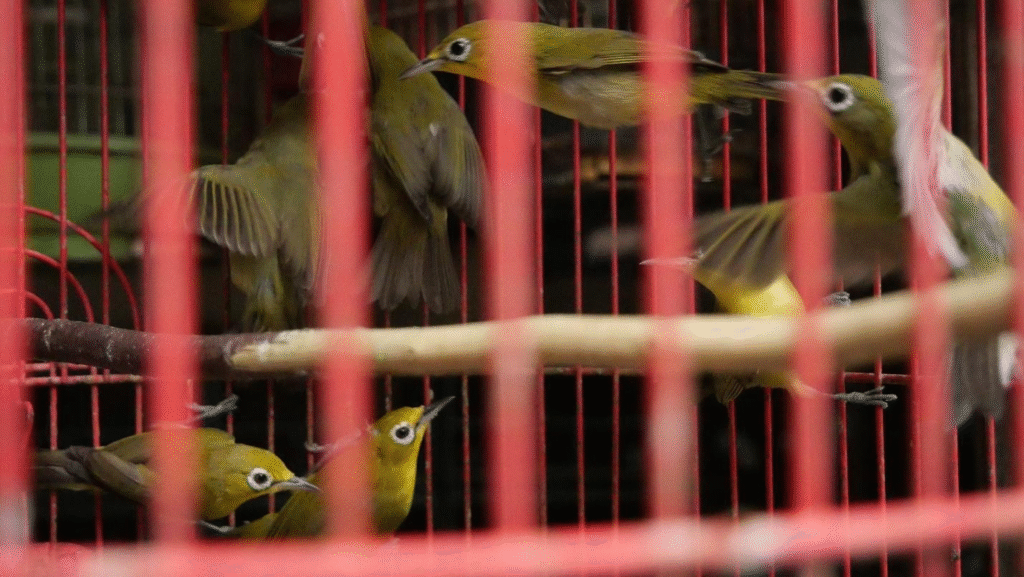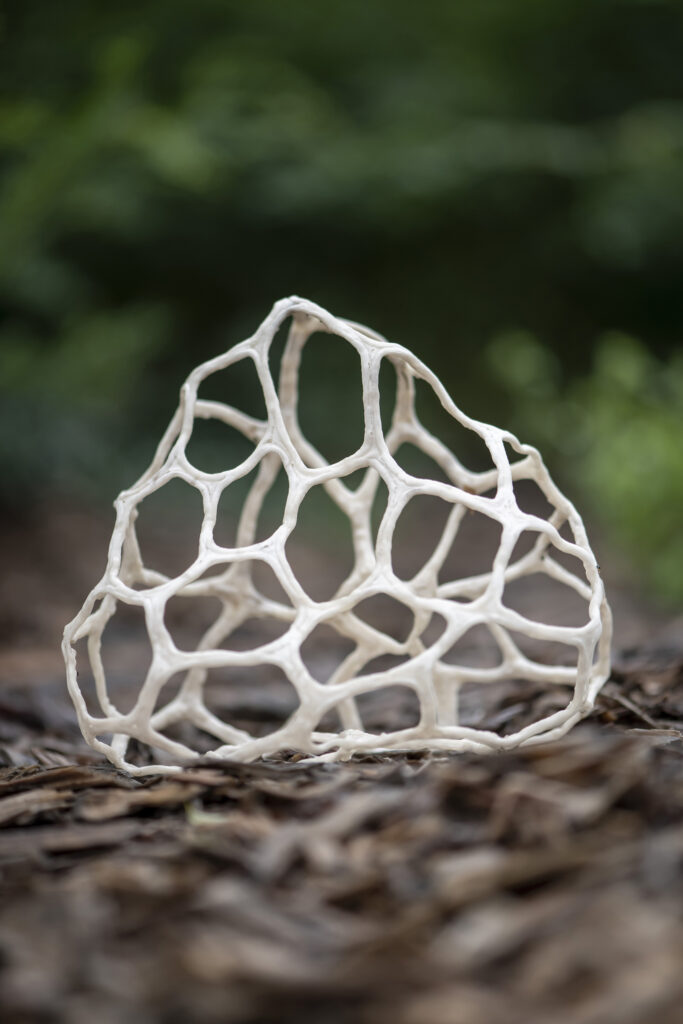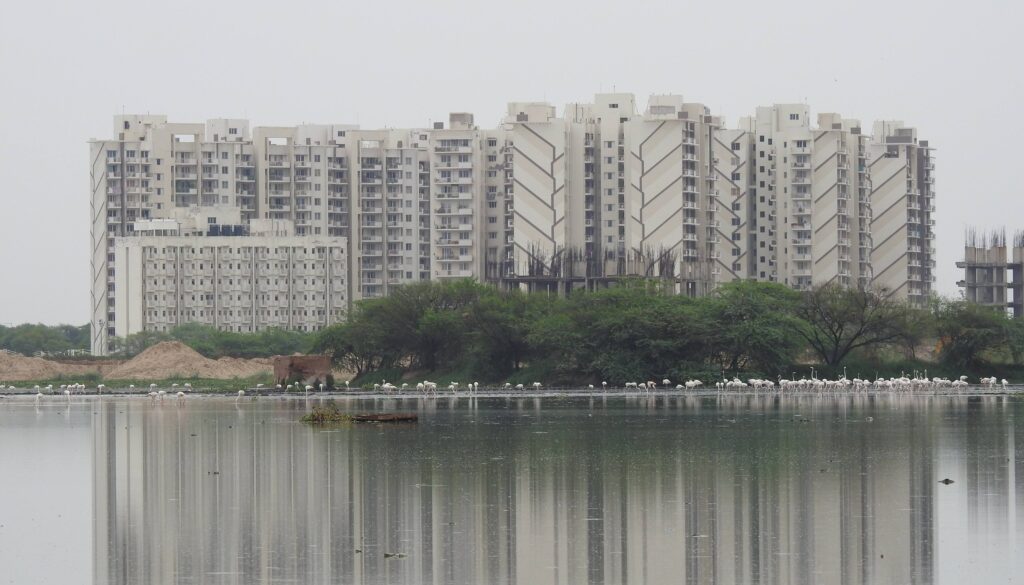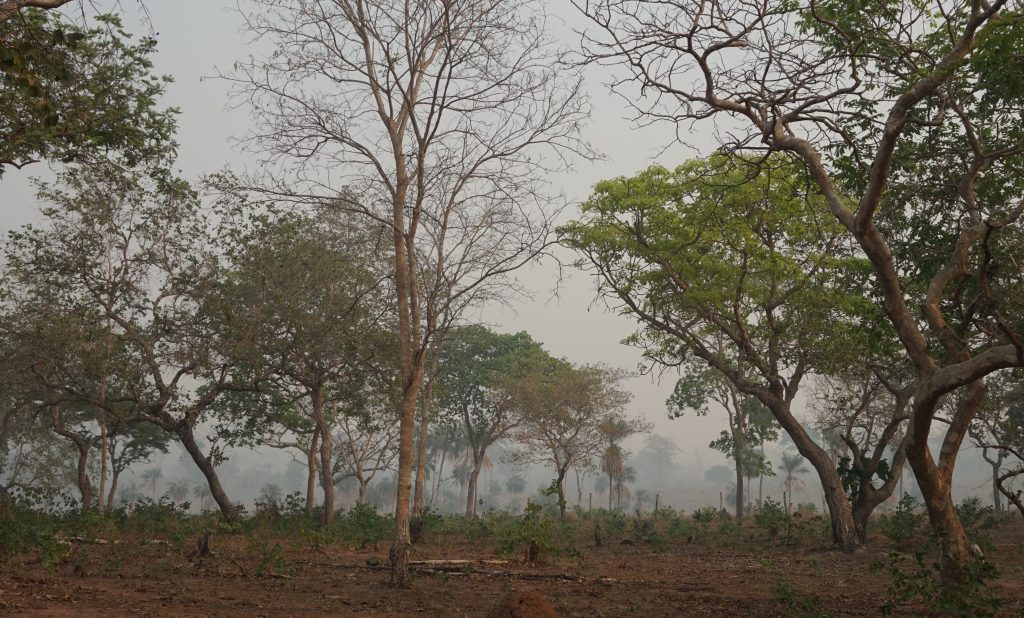In the not-too-far-off past, Kolkata was home to a thriving population of Indian jackals (Canis aureus indicus, a subspecies of the golden jackal). Despite being confined to the outskirts, these intelligent creatures freely roamed the hidden nooks and corners of the city of joy, especially during the dark of night.
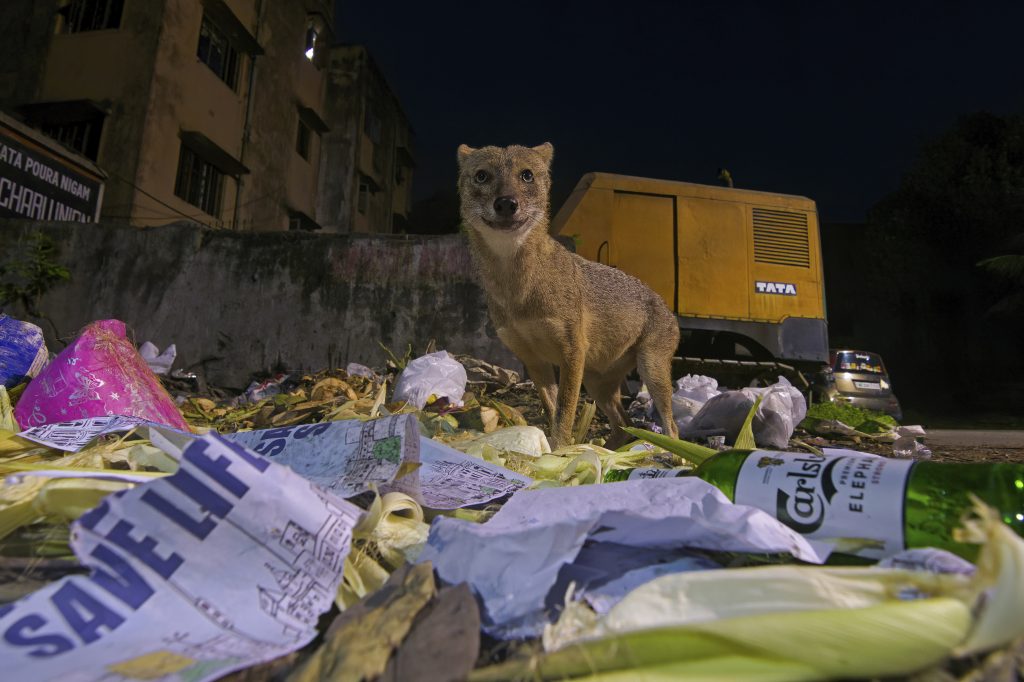
As urbanisation accelerated, their numbers gradually decreased, scattering them into small enclaves within the urban jungle. The encroachment on their territory forced these once-shy creatures to coexist in closer proximity to humans, which has significantly impacted their way of life.

One population of jackals has found comfort in a small part of north Kolkata, where they have displayed an incredible ability to adapt to their changing environment. They soon realised that the nearby dumping yards and bins kept by the city corporation at different locations contained an abundance of food, which was an utmost necessity for their survival. A carcass disposal ground of a state-operated veterinary college and hospital also serves as a treasure trove for these opportunistic feeders. Some times at night, they even enter the temporary shelters of nearby construction workers in search of a meal.
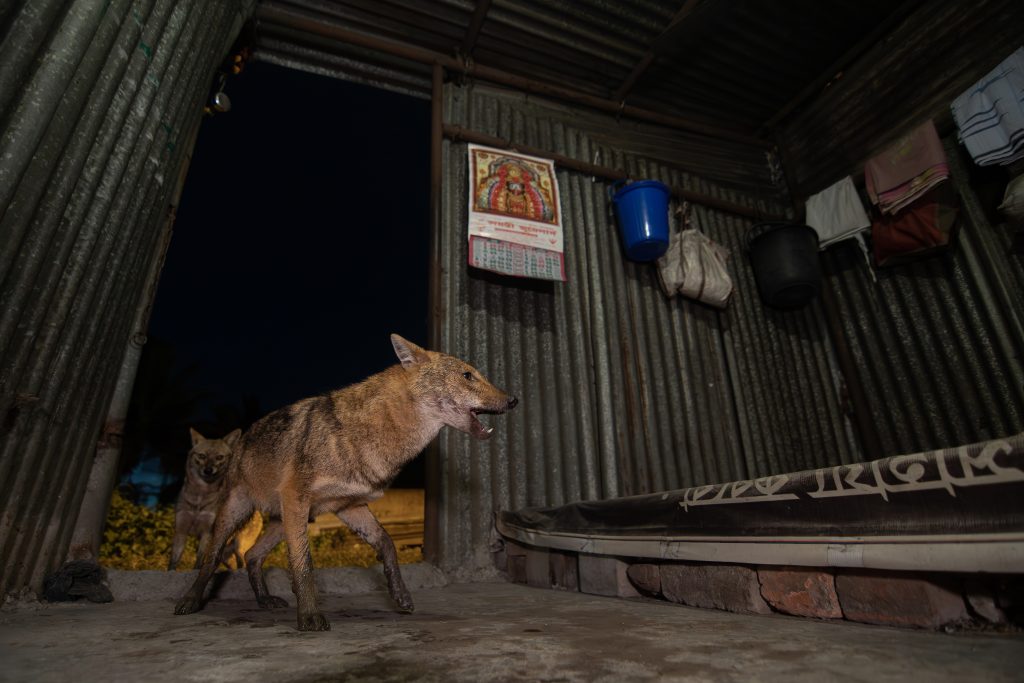
Along with a shrinking habitat, jackals face other challenges. Just as they rely on dumping yards for food, so do feral dogs and cats. While cats don’t pose as much of a threat, the dogs are relentless in their pursuit of jackals. Yet, jackals are still thriving, showing a remarkable ability to adapt to change. The transformation of Kolkata’s urban landscape has led to the decline and fragmentation of the once-abundant jackal population. But this species’ resilience and adaptability has been nothing short of astounding.
